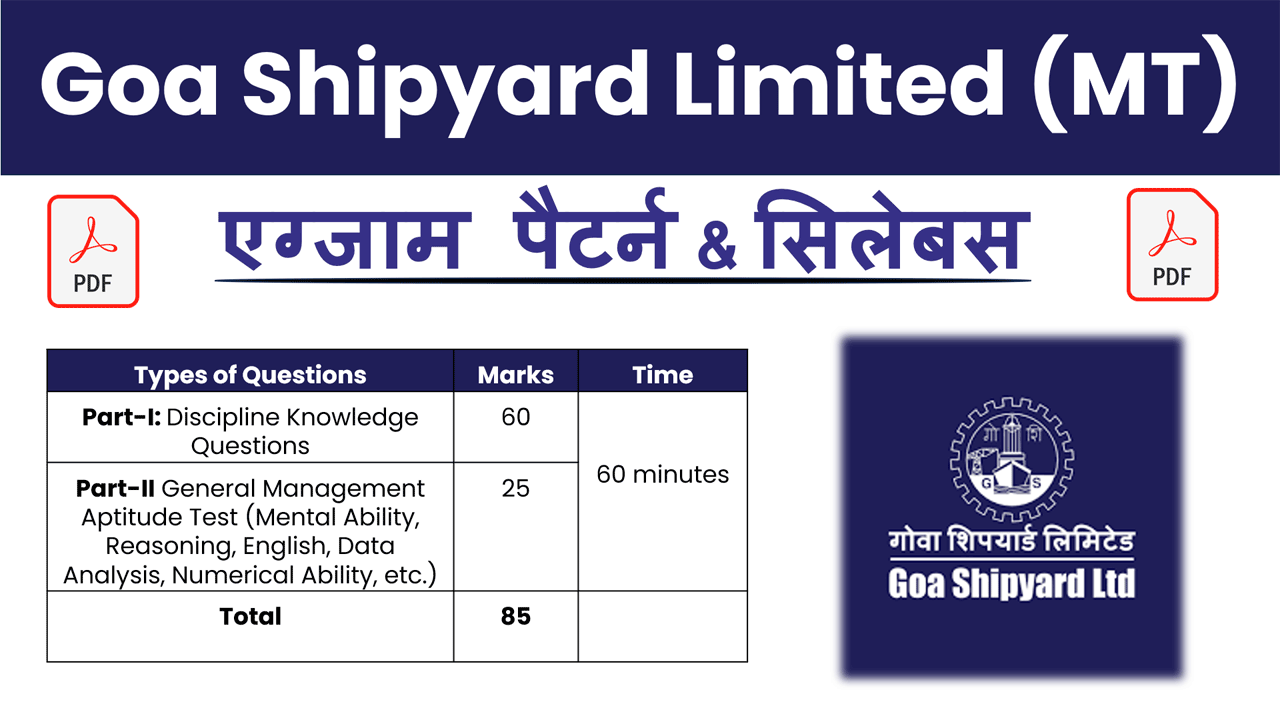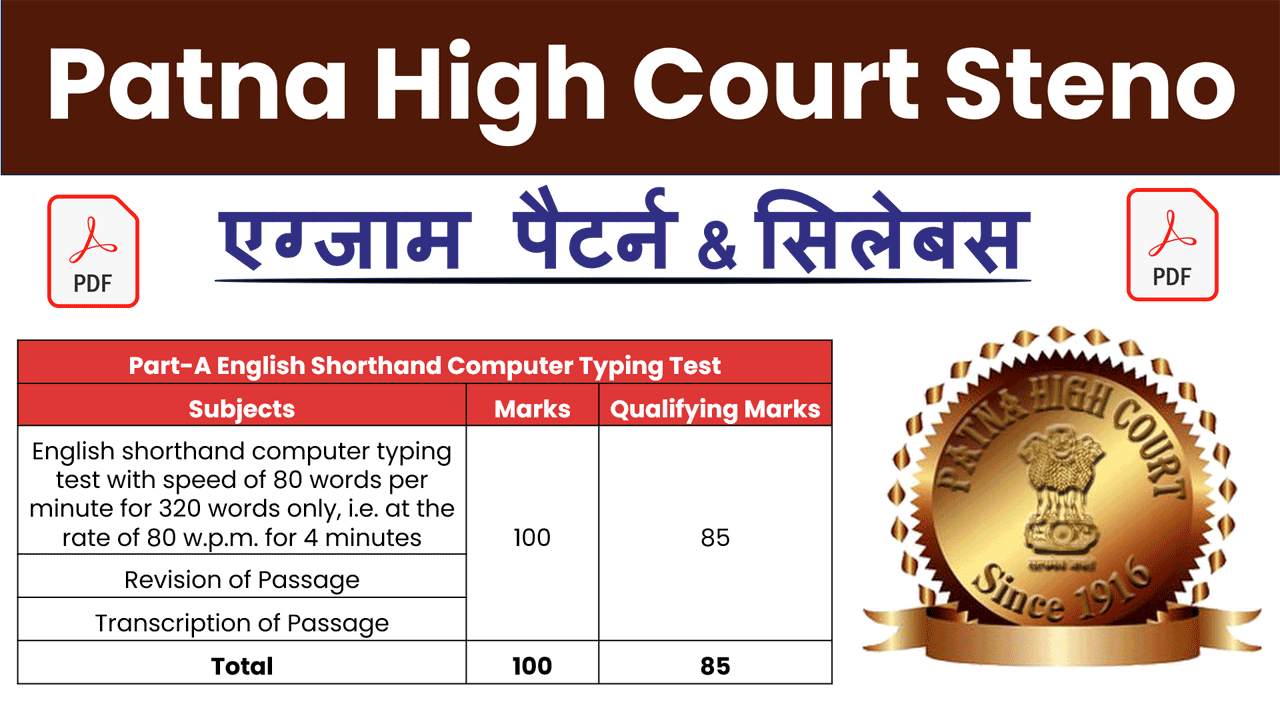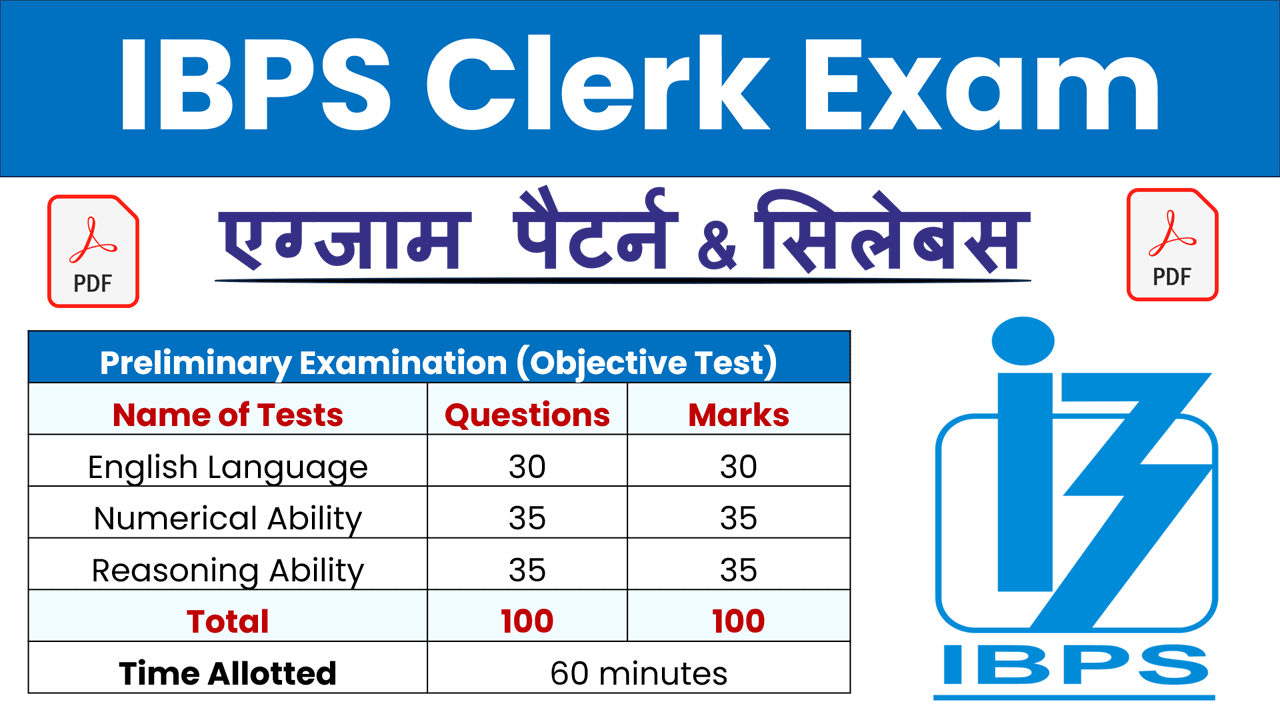Mastering Quadrilaterals in Competitive Exams: A Complete Guide: In the world of competitive exams, mastering the properties and applications of quadrilaterals is essential. Quadrilaterals, a fundamental concept in geometry, often appear in various forms across different exams. Whether you are preparing for engineering entrance tests, government job exams, or any competitive assessment, having a strong grasp of quadrilaterals can significantly enhance your problem-solving skills. This guide will explore the key aspects of quadrilaterals, providing you with the knowledge and strategies needed to excel in this critical topic.
| Chapters | Download Links |
| Average📙 | Download 🔗 |
| Compound Interest📙 | Download 🔗 |
| Circle📙 | Download 🔗 |
| Cube & Cube Root📙 | Download 🔗 |
| Cuboid📙 | Download 🔗 |
| Cylinder📙 | Download 🔗 |
| Heights & Distance📙 | Download 🔗 |
| LCM & HCF📙 | Download 🔗 |
| Mixture and Allegation📙 | Download 🔗 |
| Partnership📙 | Download 🔗 |
| Percentage📙 | Download 🔗 |
| Profit, Loss & Discount📙 | Download 🔗 |
| Quadrilateral📙 | Download 🔗 |
| Ratio & Proportion📙 | Download 🔗 |
| Simple Interest📙 | Download 🔗 |
| Simplification📙 | Download 🔗 |
| Speed, Time & Distance📙 | Download 🔗 |
| Sphere📙 | Download 🔗 |
| Square & Square Root📙 | Download 🔗 |
| Time and Work📙 | Download 🔗 |
| Trigonometry📙 | Download 🔗 |
What is a Quadrilateral?
A quadrilateral is a polygon with four edges (sides) and four vertices (corners). The study of quadrilaterals includes various shapes such as squares, rectangles, parallelograms, rhombuses, trapezoids, and kites. Understanding their properties, relationships, and theorems is crucial for solving a wide range of geometric problems.
Importance of Quadrilaterals in Competitive Exams
- Geometric Fundamentals: Quadrilaterals form the basis for many geometric concepts and problems, making them a staple in the geometry sections of competitive exams.
- Diverse Problem Types: Questions involving quadrilaterals can range from basic properties and area calculations to complex problem-solving scenarios involving angles, diagonals, and congruence.
- Application in Real-life Problems: Understanding quadrilaterals is essential for solving real-world problems in fields like architecture, engineering, and physics, where geometric design and analysis are critical.
Key Types of Quadrilaterals
- Square: A quadrilateral with four equal sides and four right angles. Key properties include equal diagonals and sides, and the diagonals bisect each other at right angles.
- Rectangle: A quadrilateral with opposite sides equal and four right angles. The diagonals of a rectangle are equal in length.
- Rhombus: A quadrilateral with all four sides of equal length. The diagonals of a rhombus bisect each other at right angles and are not necessarily equal.
- Parallelogram: A quadrilateral with opposite sides parallel and equal in length. The diagonals of a parallelogram bisect each other but are not necessarily equal.
- Trapezoid (or Trapezium): A quadrilateral with at least one pair of parallel sides. In some regions, the term trapezium is used for all quadrilaterals with one pair of parallel sides, while in others, a trapezoid is specifically defined.
- Kite: A quadrilateral with two distinct pairs of adjacent sides that are equal. The diagonals of a kite intersect at right angles and one diagonal bisects the other.
Important Theorems and Properties
- Angle Sum Property: The sum of the interior angles of any quadrilateral is 360 degrees.
- Diagonal Properties: Diagonals of different quadrilaterals have unique properties. For example, the diagonals of a square and rectangle are equal, while those of a rhombus intersect at right angles.
- Congruent and Similar Quadrilaterals: Understanding the conditions under which quadrilaterals are congruent or similar is vital. For instance, two quadrilaterals are congruent if all their corresponding sides and angles are equal.
Tips for Mastering Quadrilaterals
- Visualize and Draw: Practice drawing different types of quadrilaterals and labeling their properties. Visualization is key to understanding complex problems.
- Solve Diverse Problems: Work on a variety of problems, including those from previous years’ papers and mock tests. This will help you become familiar with different question patterns and enhance your problem-solving skills.
- Understand Properties and Formulas: Memorize essential properties, formulas, and theorems related to quadrilaterals. This includes area formulas for different quadrilaterals, properties of diagonals, and angle relationships.
- Practice Real-life Applications: Try solving problems that apply quadrilateral properties to real-world scenarios, such as designing structures or solving navigation problems.
Conclusion
Mastering quadrilaterals is not just about memorizing properties and theorems; it’s about developing a deep understanding of their relationships and applications. By thoroughly studying the properties, practicing various problems, and understanding their real-life applications, you can confidently tackle any question related to quadrilaterals in competitive exams.











